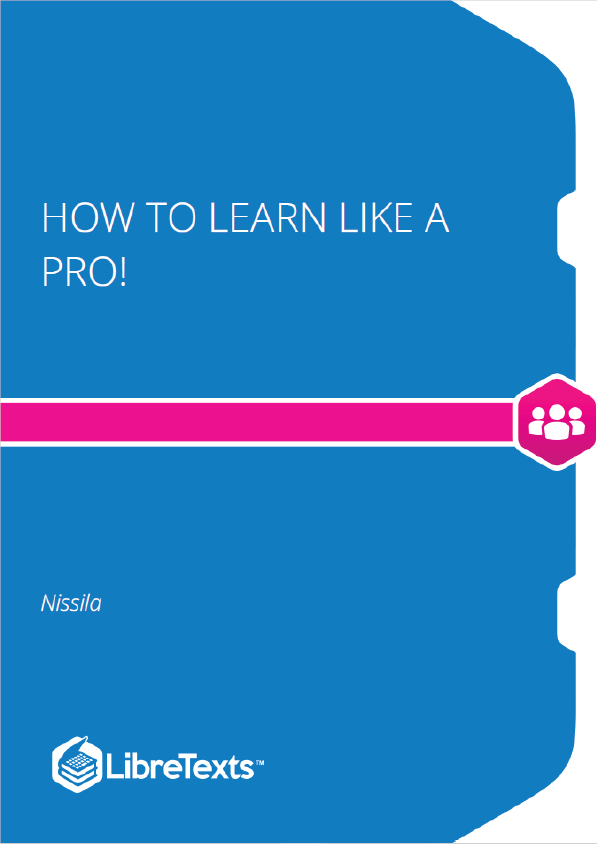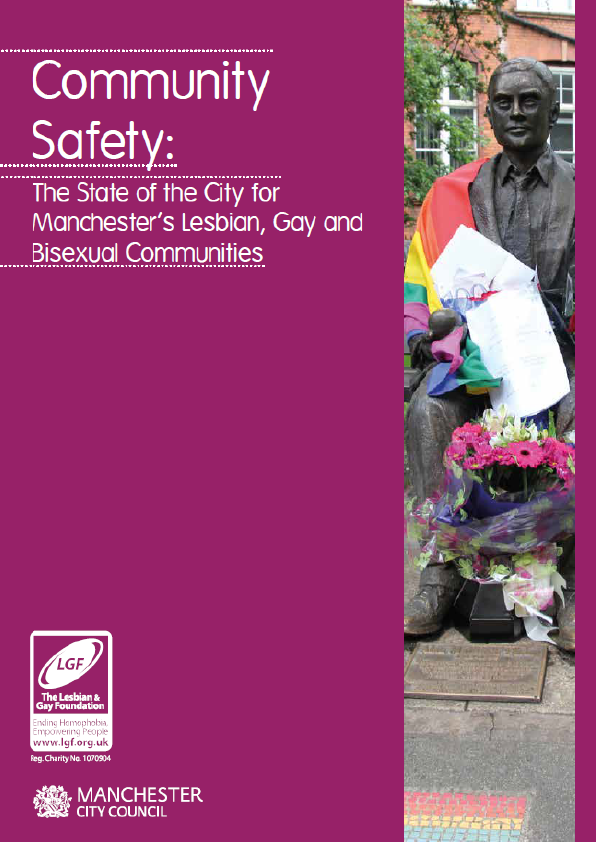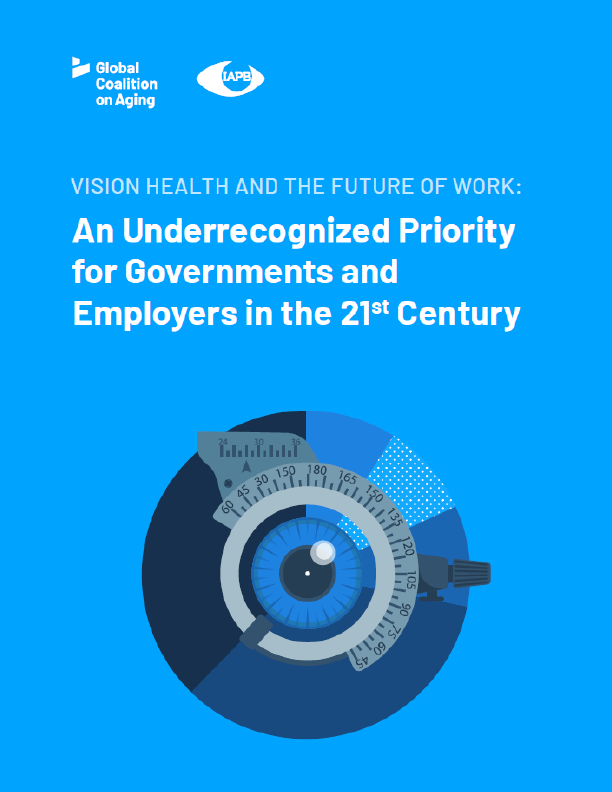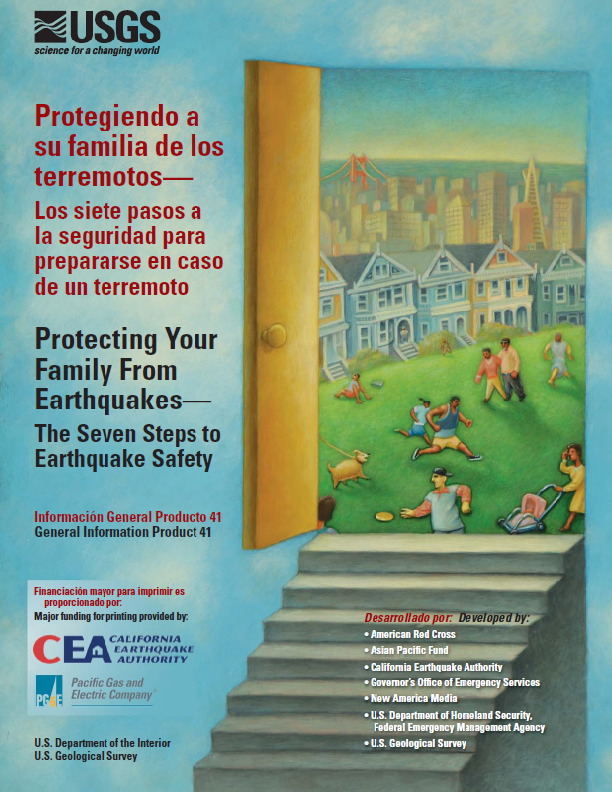How to Learn Like a Pro! features the “big six” effective learning/study skills topics: learning styles and preferences, time and materials management, critical thinking and reading, note-taking, memory principles, and test-taking techniques. Each of the six units featuring a total of twenty-three lessons and accompanying exercises (with a dash of humor here and there) were developed with the diverse student body of the community college in mind as well as learners in other educational venues.
By the time students enter higher education, most have a pretty good idea how they learn best, though they may not have thought about it specifically. Perhaps you do, too.
For example, is it easier for you to learn by reading the instructions or by studying charts and graphs (visual learning)? Do you do better by hearing someone explain something or by listening to a video presentation (auditory, also known as aural, learning)? Or, does it help you to actually “get your hands on” whatever the task is, whether writing a paper, fixing the sink, or organizing a softball game (kinesthetic learning)?
These three learning styles, as they are called, are some of the most common ways we comprehend information, whether learning in a classroom, a kitchen, or on the job. We will be covering two additional well-known learning theories, the “Brain Dominance Theory” and “Gardner’s Theory of Multiple Intelligences,” as well. But for starters, complete the following exercise.
Modality number two is learning by hearing, or auditory/aural learning. Studies show that the percentage of people who learn best by hearing is as low as 10%, so most of us need strategies for how to get the most out of straight lecture classes or workshop and meeting presentations.
Kinesthetic or hands-on/tactile learners, surprisingly, comprise only about 25-50% of learners. But maybe I’m surprised because I am definitely a kinesthetic learner! It is my major mode. For kinesthetic learners, adding physical movement as a comprehension strategy is one of the best ways to learn. They do not do as well just listening to lectures or watching videos or sitting through power point presentations. You have already gleaned much information on how to adapt a learning environment for this kind of learner from the previous readings and exercises in this unit. Now, take a look at one special environment designed primarily for hands-on learning, and complete the exercise below.











